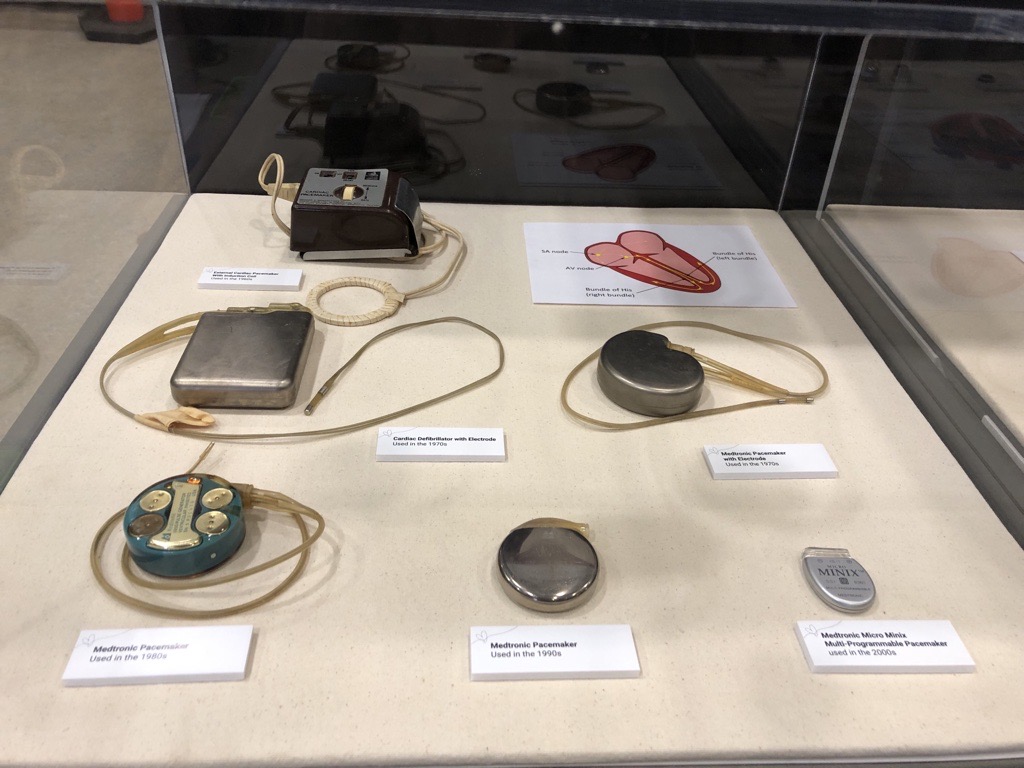A new medical history display at a Halifax museum is coming straight from the heart — just in time for Valentine’s Day.

Nova Scotians can now catch a glimpse of the “How to Mend a Broken Heart” exhibit at the Museum of Natural History. It’s put on by the Medical History Society of Nova Scotia.
The exhibit explores the evolution of pacemakers with several on display, along with defibrillators, and Aortic and Mitral Heart Valves, from the 1960s through to the present day.
Dr. Allan Marble, the society’s chairman, said it’s important to know the history of pacemakers because they help so many people.
“Everyone has a family member, I think, who either gets a pacemaker or a heart valve,” Marble said. “In fact, many people will get one themselves. I think it’s important to know what they look like, how they work, and things about them like how long they’ll last and what problems might develop with them.”
He was on site along with other society members on Saturday to help connect museum visitors with the history of mending a broken heart.
Members also say it’s the perfect companion to the hit “Body Works Vital” exhibit. It will be on display until February 20th.
The small installation features artifacts from the collection of Dr. C. Edwin Kinley. He was the first Nova Scotia physician to install a pacemaker in the province.
“The most important invention in Canada in the 20th century was the pacemaker,” Marble explained.
“It was invented in 1950 in Canada by a cardiac surgeon and an electrical engineer working together, trying to duplicate what the heart does naturally. The heart has a natural pacemaker, and sometimes that natural pacemaker doesn’t function properly so you have to replace it.”
The Medical History Society of Nova Scotia collects artifacts and displays them around the province. Exhibits of doctors’ offices are located at Sherbrooke Village and the Yarmouth County Museum.
For Dr. Marble, the pacemaker exhibit points to the importance of innovation when it comes to saving lives.
“It was an amazing marriage of two disciplines that appear to be far apart, but in fact, were very important to amalgamate and to do something that has been very historic for mankind,” he said.
“The pacemaker has saved millions of lives.”
He agreed that might just make it one of the best tips for mending a broken heart.









Comments